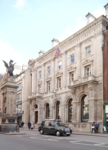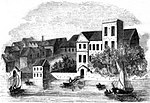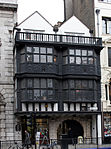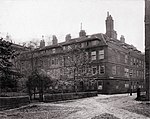Society for Effecting the Abolition of the Slave Trade
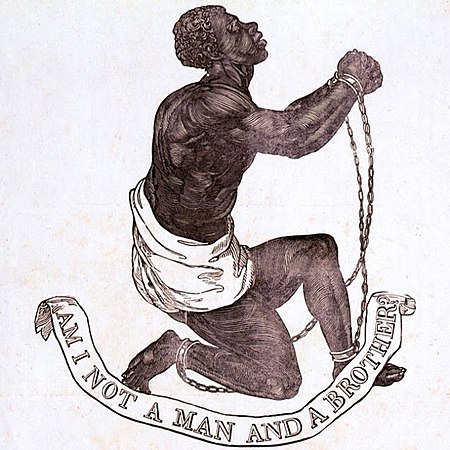
The Society for Effecting the Abolition of the Slave Trade, also known as the Society for the Abolition of the Slave Trade, and sometimes referred to as the Abolition Society or Anti-Slavery Society, was a British abolitionist group formed on 22 May 1787. Slavery was abolished in all British colonies in 1833 as a result. Historians posit that this anti-slavery movement is the first peaceful social movement which all modern social movements are built upon.The society was established by twelve men; including prominent campaigners Thomas Clarkson and Granville Sharp, who, as Anglicans, were able to be more influential in Parliament than the more numerous Quaker founding members. The society worked to educate the public about the abuses of the slave trade, and achieved abolition of the international slave trade when the British Parliament passed the Slave Trade Act 1807, at which time the society ceased its activities. (The United States also prohibited the African slave trade the same year, to take effect in 1808.) In 1823 the Society for the Mitigation and Gradual Abolition of Slavery Throughout the British Dominions (also known as the Anti-Slavery Society) was founded, which worked to abolish the institution of slavery throughout the British colonies. Abolition was passed by parliament in 1833 (except in India, where it was part of the indigenous culture); with emancipation completed by 1838.
Excerpt from the Wikipedia article Society for Effecting the Abolition of the Slave Trade (License: CC BY-SA 3.0, Authors, Images).Society for Effecting the Abolition of the Slave Trade
Bell Yard, London Holborn
Geographical coordinates (GPS) Address Nearby Places Show on map
Geographical coordinates (GPS)
| Latitude | Longitude |
|---|---|
| N 51.51424 ° | E -0.111723 ° |
Address
Bell Yard 7
WC2A 2JR London, Holborn
England, United Kingdom
Open on Google Maps




